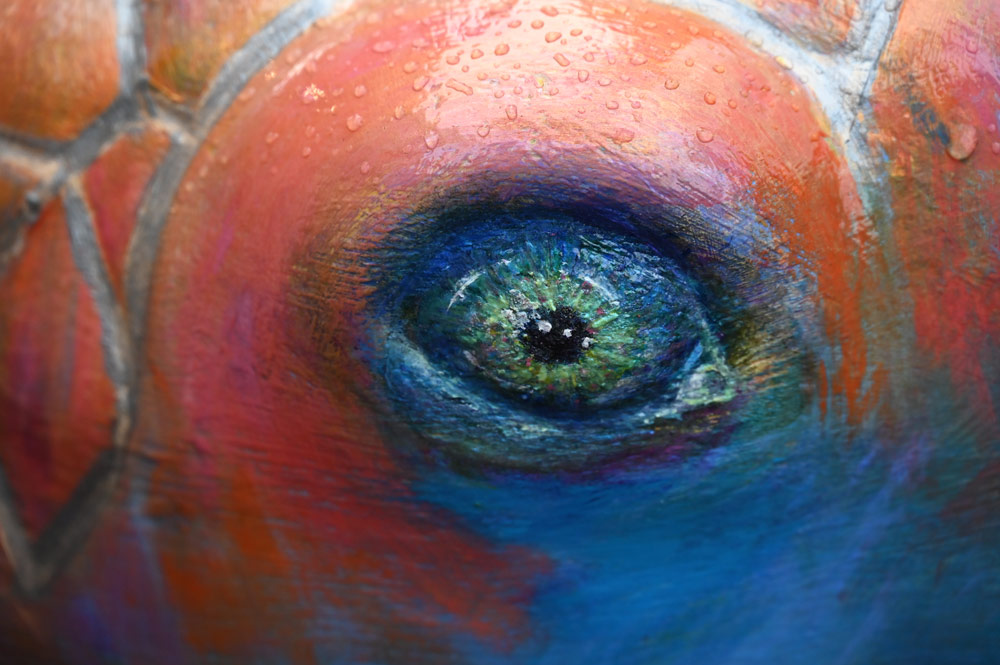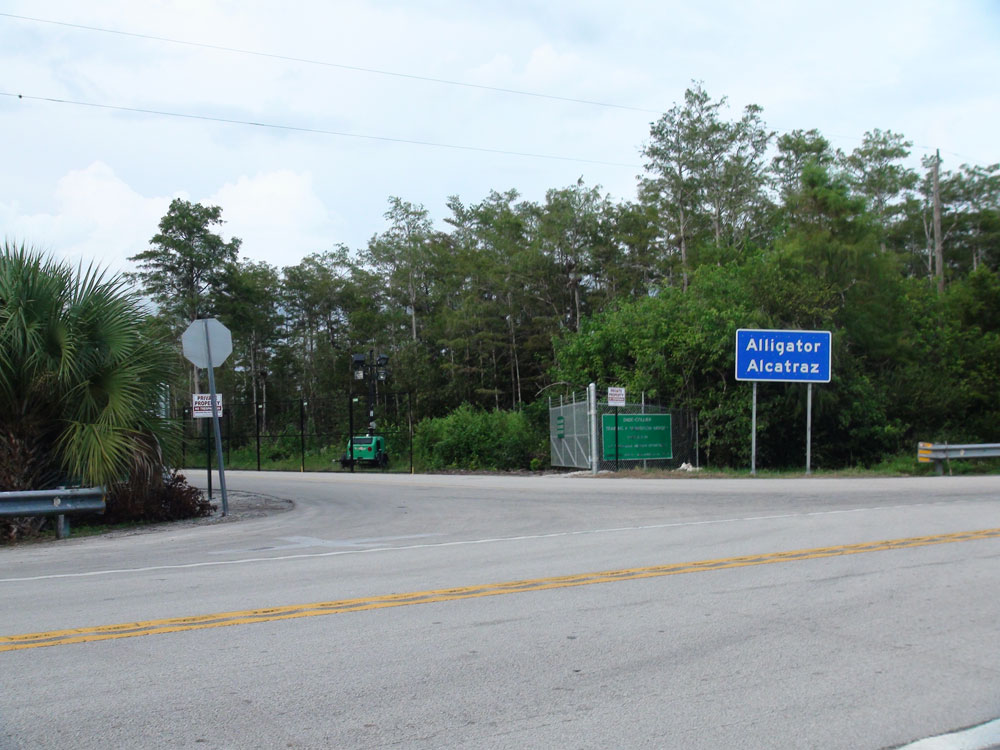By Matthew Mazloff, Chelsea Rochman, and Xia (Alice) Zhu
For years, scientists have been trying to piece together the jigsaw, including calculating the extent of the plastic reservoir in the deep ocean, water column, and ocean surface. But marine life is frequently disregarded.
Although any animal can serve as a reservoir for plastic pollution, we selected sea turtles as a case study to show how much plastic pollution is retained in ocean life.
Pre-production pellets, foam, plastic bags, sheets, fishing gear, and food wrappers are just a few of the many types of plastic detritus that sea turtles consume. Among the many detrimental effects of consuming plastic are emaciation, hunger, and damage to the intestinal lining. Additionally, rope and plastic nets can entangle sea turtles.
Vulnerable species
Because we know that sea turtles are damaged by plastics and are at risk from a changing ocean, we concentrated on them. The International Union for Conservation of Nature has classified six of the seven species of sea turtles as vulnerable, endangered, or severely endangered.
Using information on sea turtles’ consumption of plastic and variables we thought would predict how much plastic a turtle consumes, we developed a model to estimate the amount of plastic that lives inside sea turtles. This encompasses ecological, socioeconomic, and geographic elements.
Since we had the greatest data on female green turtles, we calculated the size of the worldwide reservoir for them.
At any given time, we estimate that female green turtles are home to about 60 tonnes of plastic trash. This amounts to around the same amount of plastic pollution as a garbage truck.
Our results also led us to forecast that a single green turtle may have up to 26.4 grams of plastic on average, which is the same weight as ten ping pong balls.
Predicting ingestion
It matters where a turtle lives. We discovered that sea turtles are more prone to amass plastic waste if they browse nearer the equator. Additionally, because socioeconomic rank is linked to waste management, turtles that forage in surrounding nations with lower socioeconomic status are probably going to consume more plastic.
Additionally, we discovered that species-specific traits, such as body size and foraging strategy—where and how a turtle finds and recovers food—have an impact.
Before moving to nearshore coastal regions, loggerhead turtles, for example, spend the first seven to fifteen years of their lives foraging in the open ocean.
Leatherback turtles, on the other hand, live in the open ocean for the most of their life and eat soft-bodied food like salps and jellyfish. They can easily confuse balloons for food because of this.
In contrast, green turtles spend only three to five years in the open ocean before moving to shallow coastal areas where they spend the remainder of their lives. They mostly eat algae and sea grasses.
The amount of plastic that can fit in a sea turtle’s stomach at any given time depends on their body size and certain behaviors, which also affect where and how the turtles are exposed to plastic waste.
Determining which animals are most at risk requires knowing what indicators predict plastic ingestion. We discovered that leatherback turtles are more likely to consume plastic waste.
Future work
Our plastic garbage contributes to the changing ocean, which affects sea turtles. Concerns regarding risk are raised by the sea turtles’ comparatively constant plastic load.
The next stage, which is pertinent to our research, is to attempt to comprehend the differences in the plastic reservoir between other species. How much is kept in marine animals worldwide at any given time?
Furthermore, would sea turtles and other marine life be moving plastic garbage around with them, effectively serving as plastic conveyor belts across the ocean?
Call to action
We need additional information on sea turtles and other species to address these problems. In order to inform risk and enhance future modeling efforts, we urge more sea turtle monitoring. In addition, we advocate for increased data transparency and uniform reporting procedures, as well as additional monitoring of other species.
We believe that our results show how important monitoring is in filling in knowledge gaps about the recycling of plastic in the environment. A global plastics treaty might then be influenced by this understanding.
Additionally, we hope that our research will help guide direct steps to lessen the quantity of plastic entering the ocean and safeguard sea turtles from its consequences.
![]()
Memorial University of Newfoundland is home to Xia (Alice) Zhu, a Banting Postdoctoral Fellow in Ocean Sciences. Chelsea Rochman teaches ecology and evolutionary biology at the University of Toronto as an assistant professor. Matthew Mazloff works as a researcher at the University of California, San Diego’s Scripps Institution of Oceanography.







